|
|
ADDRESSS AT THE SUMMIT OF THE POWERLESS, NEW DELHI
20-11-2006 : New Delhi
National Ambience: A scene of sweat
?Each powerful empower minimum three powerless
through education and skill training?
I am delighted to participate and deliver the keynote address on the occasion of the Tehelka event ?Summit of the Powerless? which intends to address and resolve the key development issues of all the people of the nation. I extend my greetings to the organizers, distinguished Panel members, societal organizations, government, academia, media personnel, citizens and the distinguished guests. I congratulate Tehelka for their effort in organizing this event. I understand that the event will focus on appropriate interventions that can serve the nation in meeting its challenges and create a system which will remove the disparities among the citizens. Tarun Tejpalji, you would have assembled many people from various walks of life for discussing these issues. I hope that you may find an answer from them during your panel discussion. I am sharing with you, what I have witnessed throughout the country instead of discussing the philosophies and theoretical models.
While I am with you, I would like to discuss the ambience of the nation and some incidents of hope such as feedback from a group of grass root level elected women members, typical PURA complexes which are functioning and which have been recently launched in the country, a major electrical connectivity programme for rural areas, contribution of self-help group in duck rearing and handloom industries, a healthcare programme operational in Uttaranchal and enhancing the seed cotton productivity at Gheri Buttar in Punjab through a partnership of farmers, industrialists and university. How to increase the number of such successful incidents in a professional way is indeed a challenging task; however we have to build on such experiences.
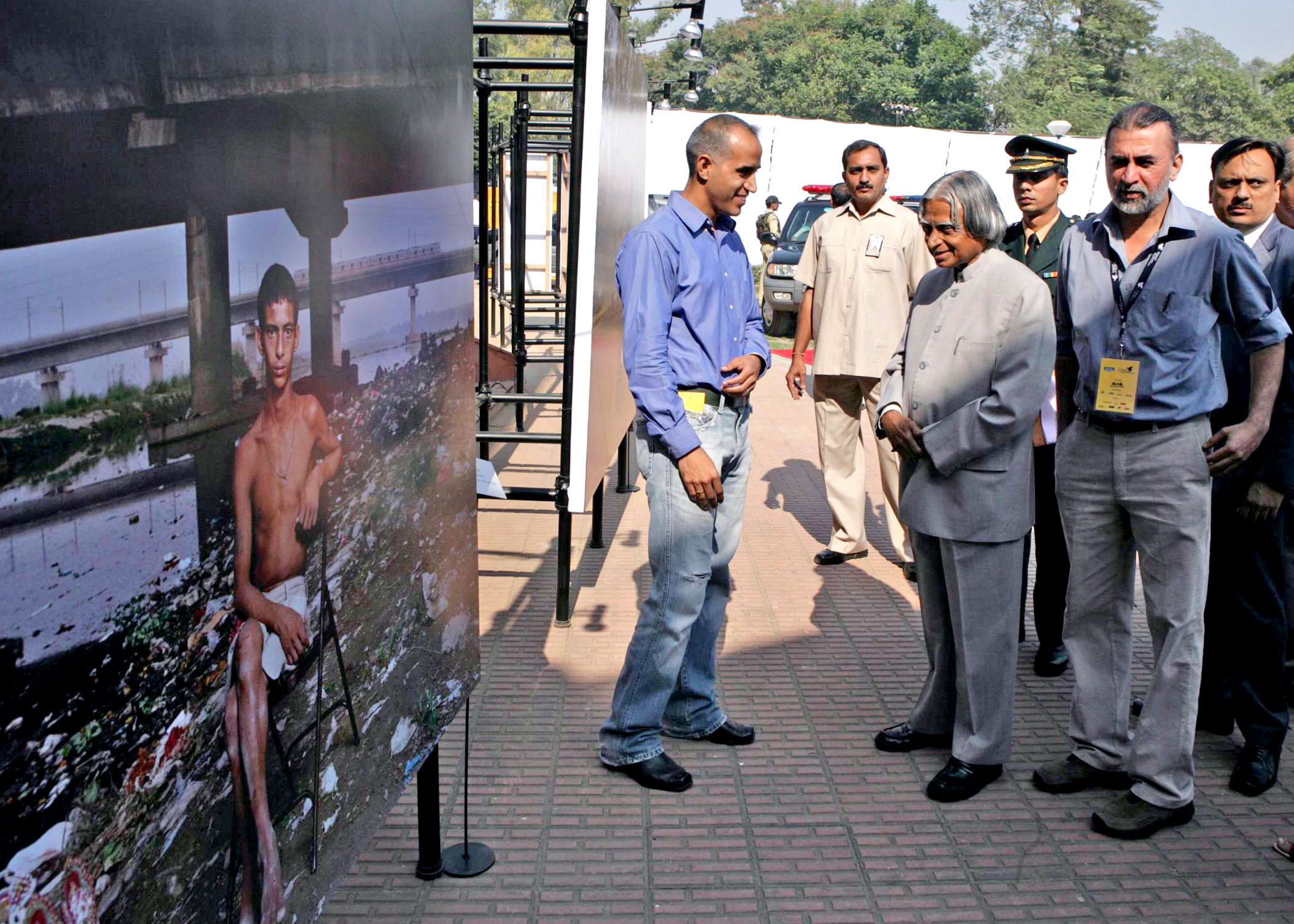

Ambience of the Nation
Friends, when I see you all, you are very important component of the society, I recall my experiences of visiting all the States and Union Territories, and witnessing the unique ambience. Seven hundred million people are living in 600,000 villages equivalent to 200,000 Panchayat?s. What is that ambience? I call that ambience as, ?A scene of sweat?. It is the farmers in the agricultural field, it is the fishermen in the rough seas, it is the worker in the industries, multiple shift teachers in the schools, knowledge workers in the laboratories, knowledge and Pharma industries, health workers removing the pain at all times in healthcare institutions and many other people, who have to be always remembered by the people of the nation. In politics, there are two components: political politics and the other important element development politics. The political parties and the media give more importance to the political politics. The nation?s important need is development politics. Hence, it is essential to concentrate on the key developments and progress at the grass root level in different parts of the country. Now, I would like to discuss about my interaction elected Panchayat women representatives in Rashtrapati Bhavan.
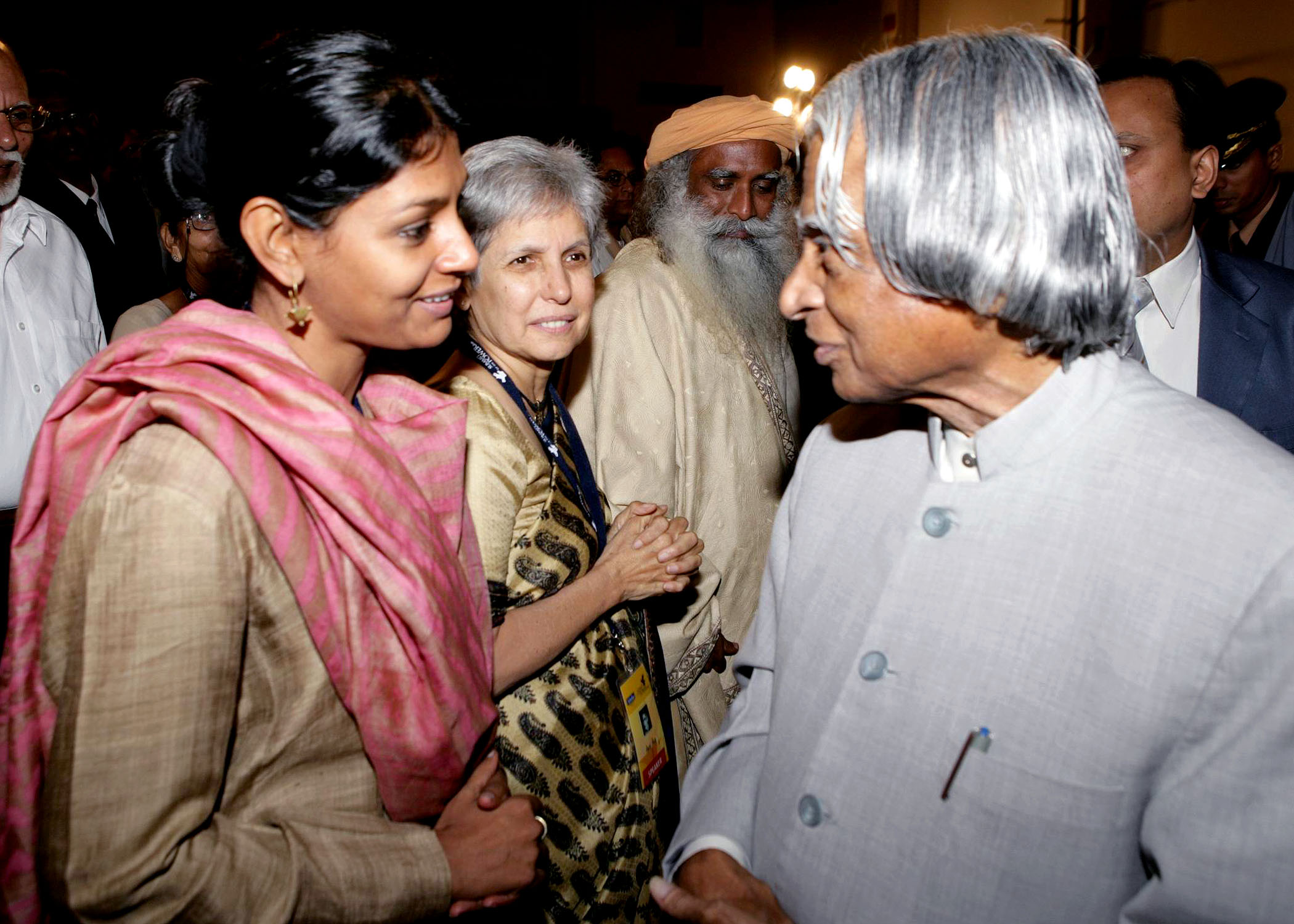

Interaction with Women Panchayat Leader
I met and interacted with 640 elected women's representatives from across the country and officials of Aagaz Foundation at Rashtrapati Bhavan on 2nd November, 2006. During the lively interaction, I impressed upon the assembled women that their contribution to development was necessary and crucial for the Nation's progress. Women's thoughts, their way of working and value systems will lead to faster development of a good family, good society and ultimately a good nation. During my interaction, Bihar Women Panchayat members stated that the men folk do not allow them to work and dominate them in a day to day functioning. One Panchayat Member from Uttar Pradesh said that the intended development fund does not reach Panchayats. The third one from Karnataka said, ?The caste system divides the Panchayat itself?. Even though I answered over 20 questions, I have selected three; all the three questions represent the genuine desire to perform and reveals the societal dynamics. I have highlighted the possible actions to concerned authorities.
Media has to play a positive role by propagating the thoughts that the elected representative in a democracy must be allowed to function to accomplish their development missions without any gender bias. At the same time, media has to create awareness among the elected representatives of the Panchayats about the schemes available from state and central Government, their rights, roles and responsibilities. To empower the people, the first and foremost event has to take place in our country is through employment generation coupled with skill oriented education and training, at least for additional 40 million people. First let me give you an idea about PURA (Providing Urban Amenities in Rural Areas)
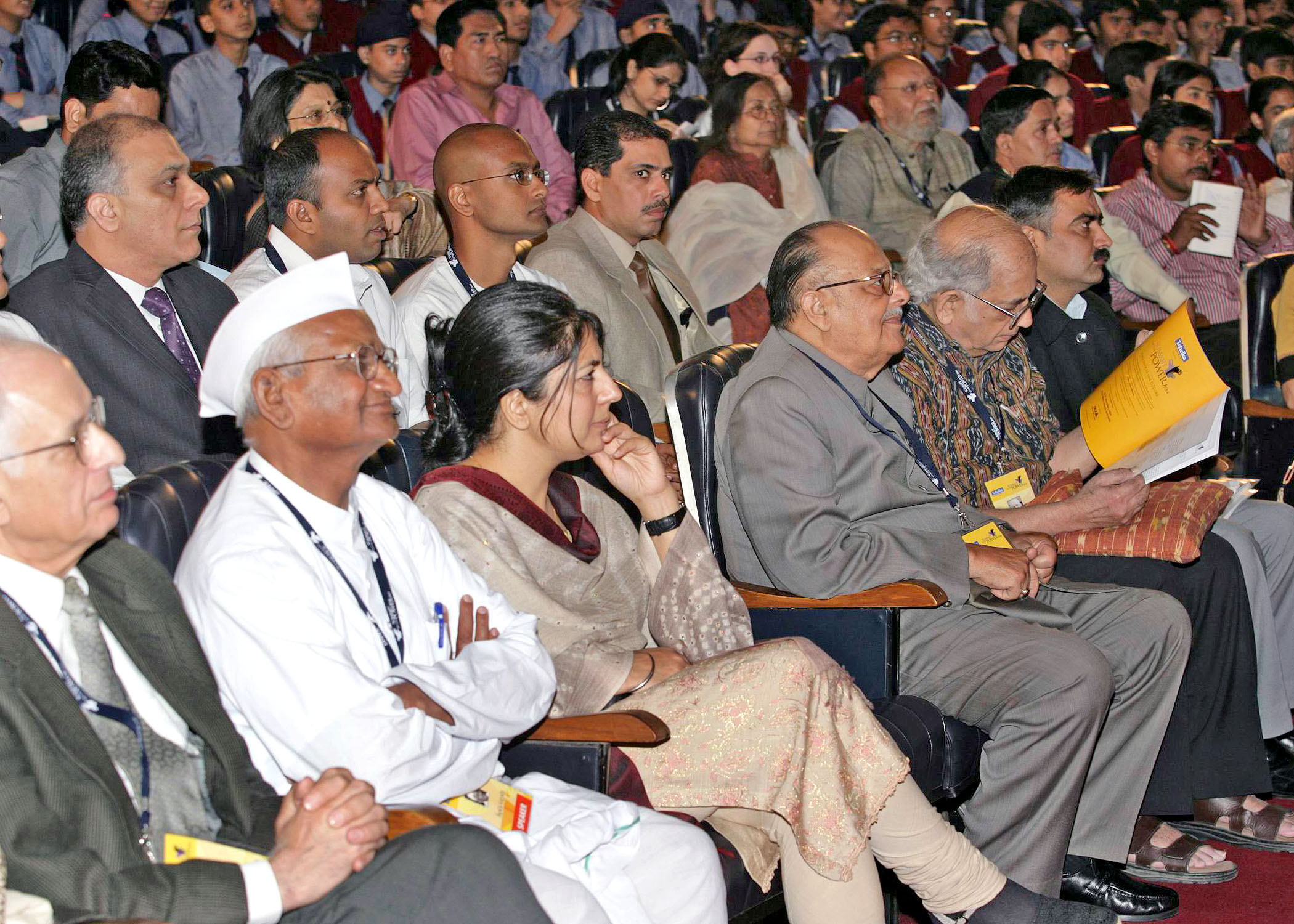

PURA
For faster development of our society, it is essential build over 7000 PURAs in the whole country. Each PURA calls for providing connectivities for 15 to 20 villages with 50,000 population. The main connectivities are physical connectivity which enable provision of road and transportation system, electronic connectivity will facilitate tele-communication link with tele-medicine and tele-education systems leading to knowledge connectivity for the villagers in their core competence area. These connectivities will result into economic connectivity leading to employment generation for at least 30% of the people of the village cluster. Now, I would like to discuss some of the event which gives hope to the nation. First let us talk about Chitrakoot PURA which I had seen and discussed in Madhya Pradesh.
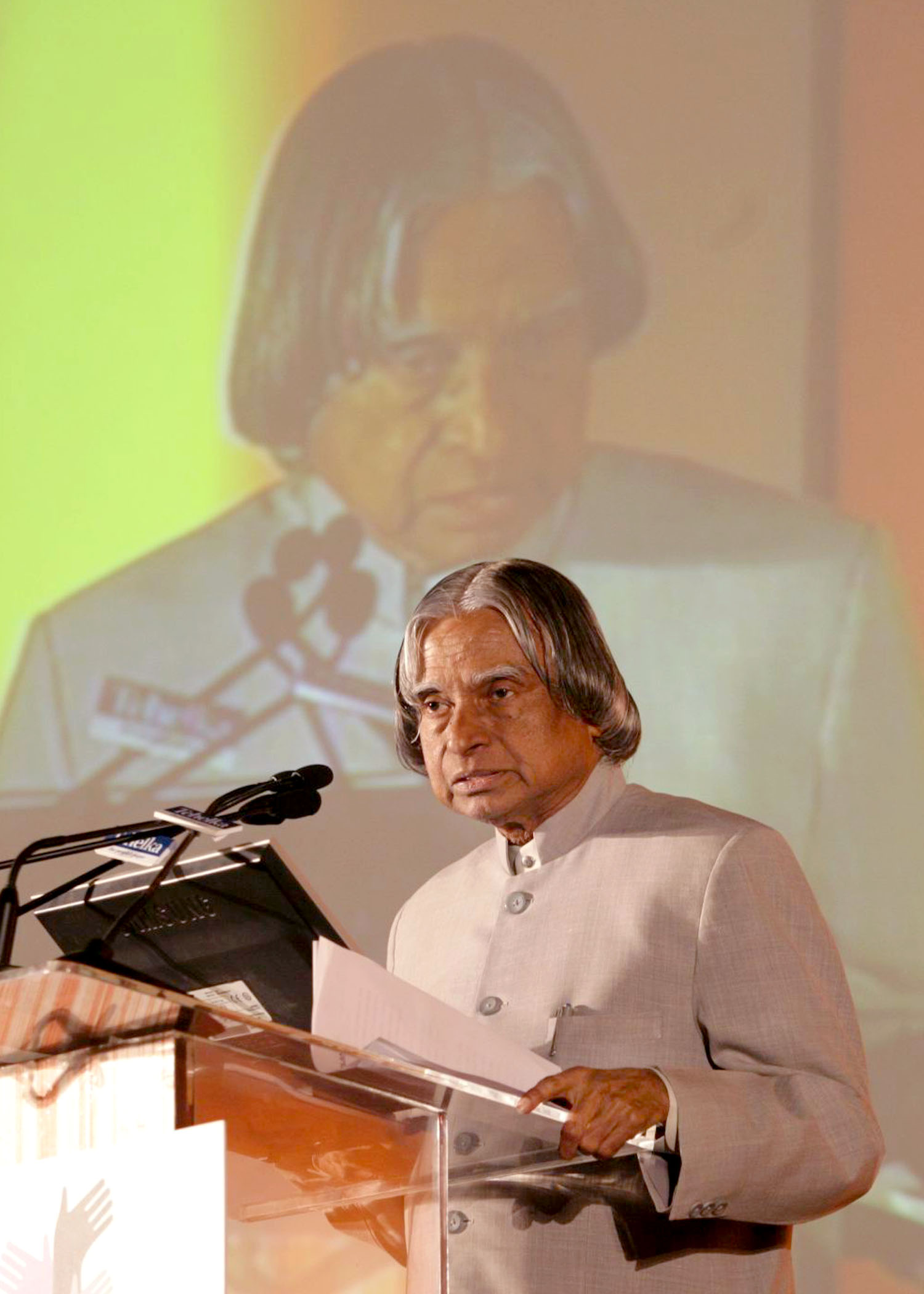

Chitrakoot PURA (Madhya Pradesh)
Shri Nana Deshmukhji (Age 90) and his team members belonging to Deendayal Research Institute (DRI) have created Chitrakoot PURA in Madhya Pradesh. DRI is a unique institution developing and implementing a village development model, which is most suited for India.
DRI has plans to develop one hundred clusters of villages having approximately five villages each around Chitrakoot. They have already developed 80 villages in 16 clusters consisting of about 50,000 people.
There is a village called Patni where the DRI has promoted sustainable development based on indigenous and traditional technology, knowledge systems and local talents. Research work by the institute through field studies facilitates the development of a replicable and tangible model for achieving self-reliance in villages. The programme aims at income generation through value addition, innovative agricultural practices, inculcating scientific temper among villagers, improvement of health and hygiene, striving towards 100 percent literacy. As part of integrated rural development, villagers are engaged in water harvesting; effectively using it for cultivation of food grains, medicinal and aromatic and horticulture cultivation. Apart from all these development activities, the institute has enabled 80 villages to be totally litigation free. All this has been accomplished through the Deendayal Research Institute?s ?Samaj Shilpi Dampati? concept of counseling and intervention promoted by them. The message we derive out of the Chitrakoot PURA, is the nobility of the leadership and the institute attached making difference to the people and selection of socially committed leadership at the village level through "Samaj Shilpi Dampati" empowering the people to succeed. The media like yours should celebrate and spread the message of this success to other parts of the country.
In a second PURA, the uniqueness of the experience can be seen how a women engineering college in the rural environment can give a roadmap for sustainable rural development through establishing Periyar PURA Cluster.
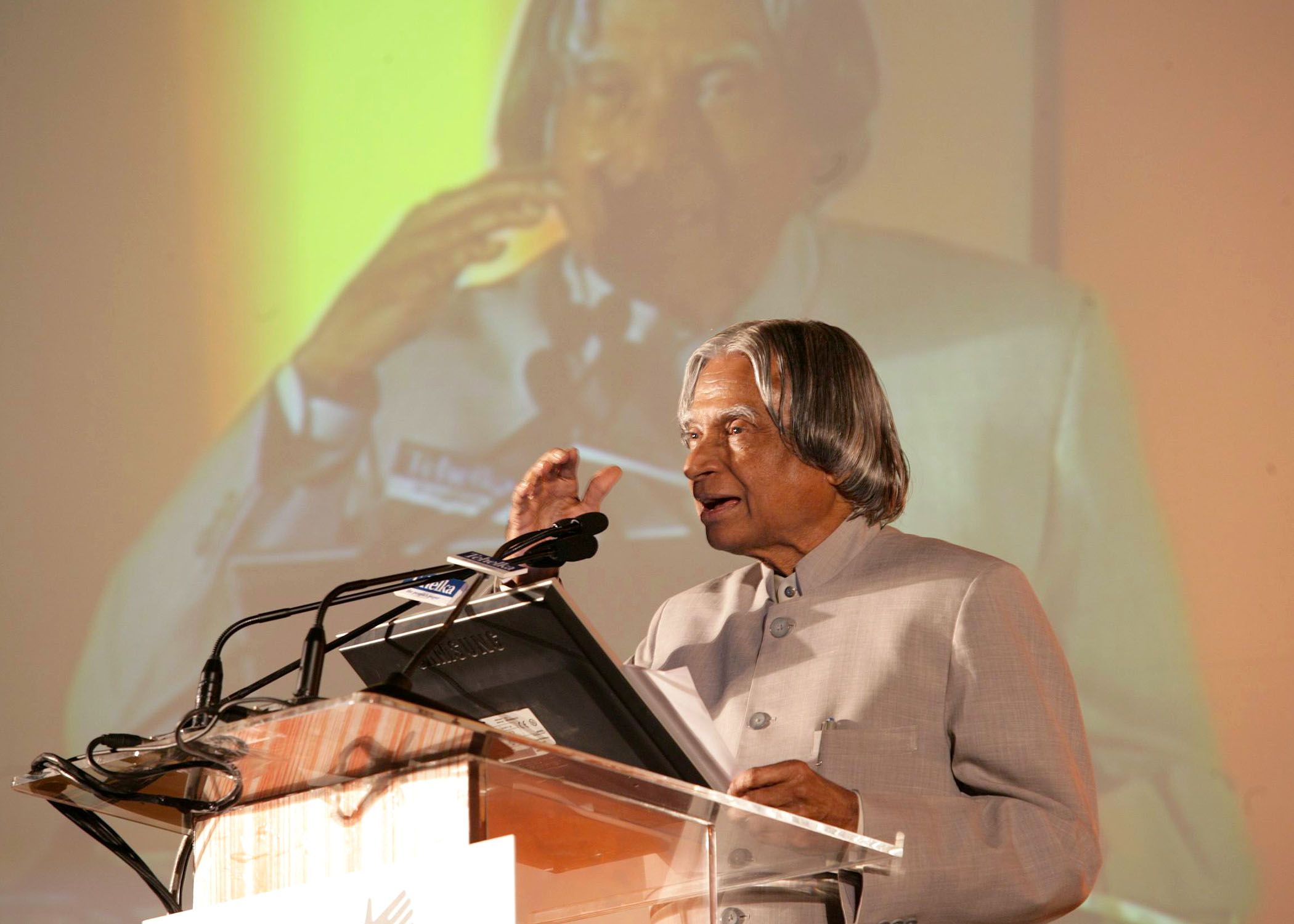

Periyar PURA
I had visited Periyar Maniammai College of Technology for Women, Thanjavur in Tamil Nadu and inaugurated a PURA Complex during 2003. Later, I visited the same complex on 24th September 2006 and addressed and interacted over 10,000 rural citizens pertaining to the Periyar PURA villages and 2000 students who were implementing the PURA programme. As a part of this project cluster of over 65 villages near Vallam, Thanjavur district of Tamilnadu which involves a population of over one lakh has been empowered through a PURA complex having all the three connectivities - physical, electronic and knowledge - leading to economic connectivity. The centre of activity emanates from the women?s engineering college that provides the electronic and knowledge connectivity. I understand that now five of the Periyar PURA villages have been connected with Wi-MAX connectivity. Periyar PURA has health care centres, primary to post graduate level education and vocational training centres. This has resulted in large scale employment generation and creation of a number of entrepreneurs with the active support of 1500 self-help groups. Two hundred acres of waste land has been developed into cultivable land with innovative water management schemes such as contour ponds and water sheds for storing and irrigating the fields. All the villagers are busy in cultivation planting Jatropha, herbal and medicinal plants, power generation using bio-mass, food processing and above all running market centres. This model has emanated independent of any government initiative. I could see the bubbling enthusiasm of the villages during my interaction with them. Let us see the third PURA which has been launched at Bhaktara in Chhattisgarh Government. The uniqueness of this PURA is that it is driven by the state Government and the private agencies in education, healthcare, transportation and industries are partners. This symbolizes the spirit of Public-Private-Partnership for a societal mission.
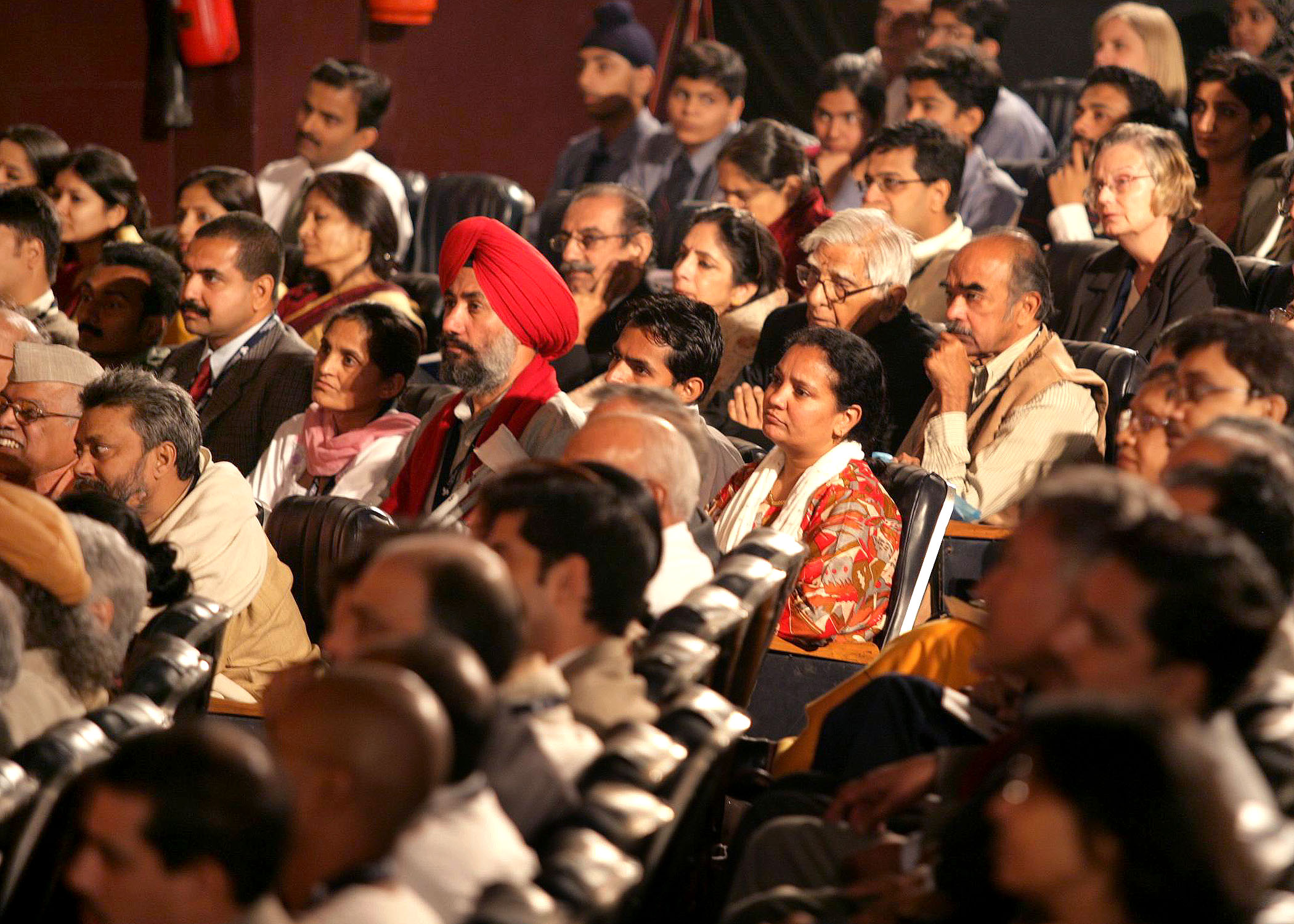

Chhattisgarh Bhaktara PURA
Recently, I inaugurated a PURA complex at Baktara village in Arang Tehsil of Raipur District, in Chhattisgarh. This PURA complex covering 22 villages with a population of 36,000 people is coming up and very soon it will be a vibrant PURA with high quality 4 lane roads with Battery operated and Bio-diesel buses, more 1000 modern dwelling units, quality health care facility with 250 bed hospital and a state-of-the-art school by DAV Institution and paramedical and nursing training institutions. The Corporate have committed to establish these facilities linked to the schedule of commission of the PURA within next 5 years. I thought of sharing this experience with you to give an idea how the areas are fast developing in different parts of our country. Central Government is planning to create 2 PURA clusters in each district across the country as a part of the 11th plan programme. Media?s interest in PURA will indeed lead to rural development of the country and thereby economic development of the nation.
So far, I have discussed how PURA is becoming a reality in different states with the committed leadership, enthusiasm of an Engineering Institution and initiative of a State Government. Now let me discuss how quality electric power when it reaches 18,000 villages in Gujarat, it brings about vibrancy and dynamism to the village complexes.
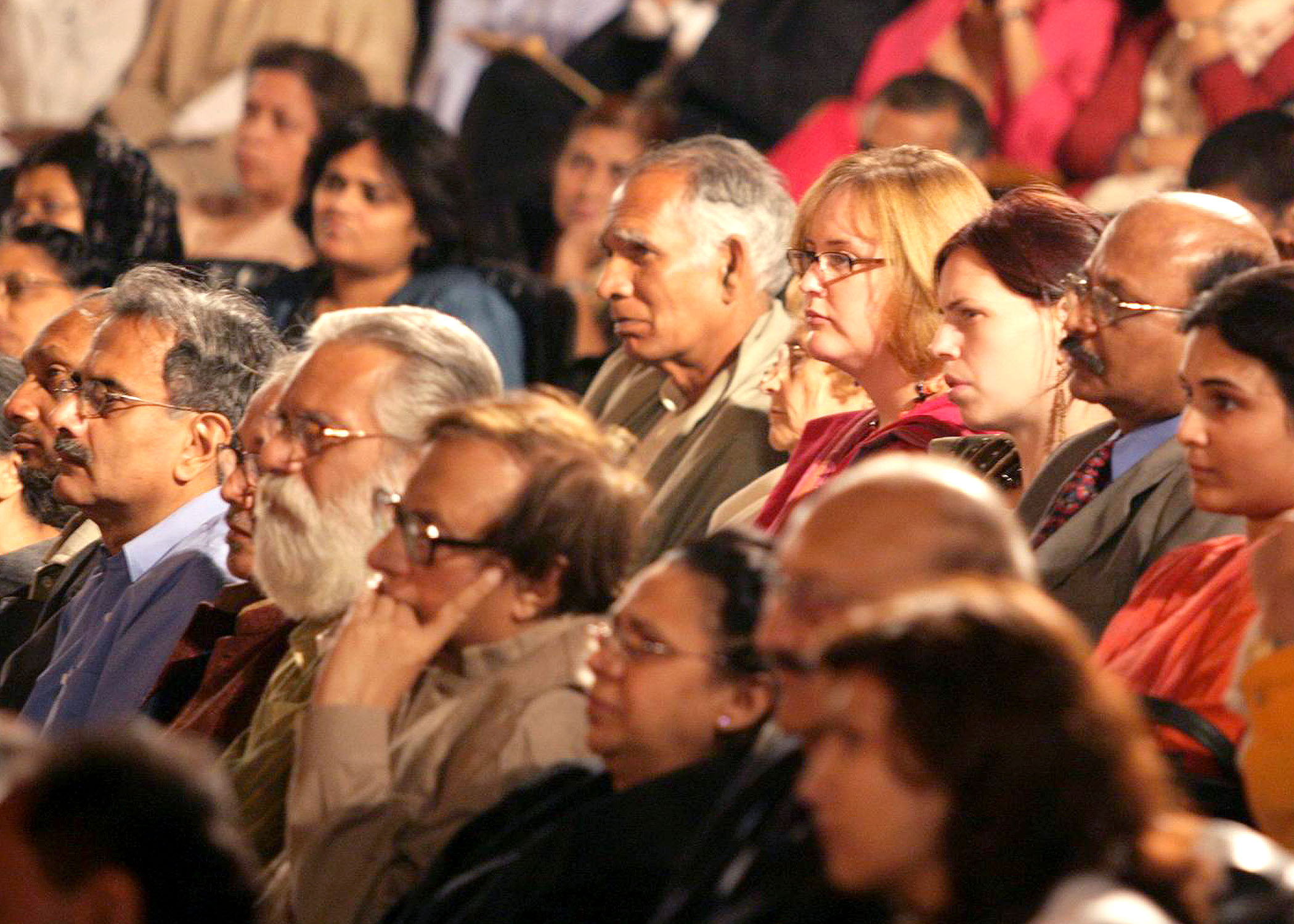

Jyoti Gram Yojana
On 11th November 2006, I dedicated the Jyoti Gram Yojana scheme to the nation at Champaner in Gujarat. Over one lakh villagers participated in this function. Jyoti Gram Yojana provides continuous three phase power supply to the rural area for upliftment of 30 million rural citizens residing in nearly 18,000 villages. I am happy that the timely implementation of this scheme will provide more opportunity for local employment, provide better health services and infrastructure facility, provide better computer based education to the children, help local dairy and milk testing process, improve the lifestyle of the villagers and reduce migration from rural to urban area. This is definitely an important empowerment scheme conceived by the Gujarat Government for the 30 million rural people in Gujarat. Let, me now discuss my experience in North-East, where the empowerment has taken place through self-help groups and the percapita income of the villagers have substantially increased leading to better quality of life with higher standard of living.
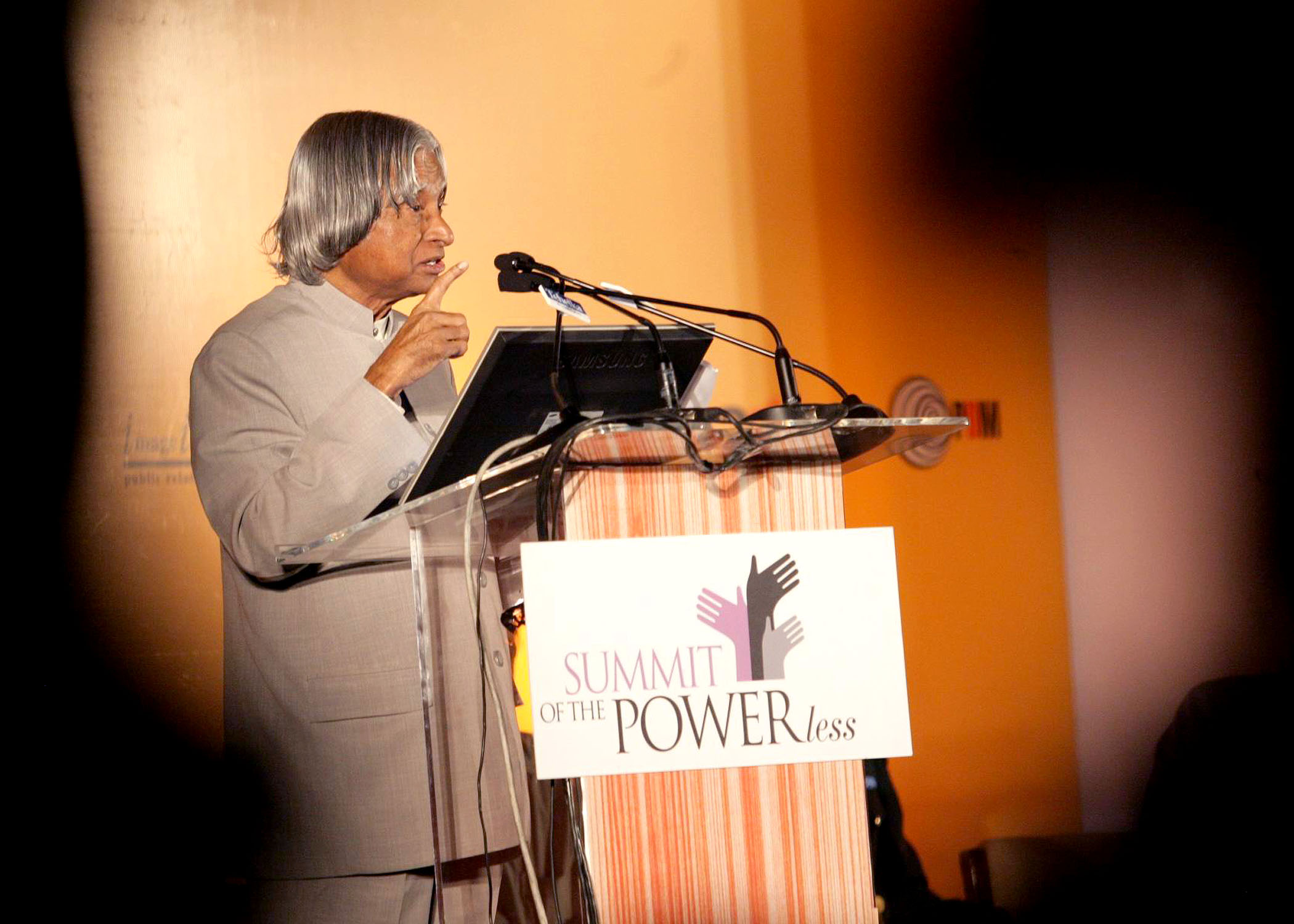

My experience in North-East
In Gumoria village in Assam, the self help groups are developing duck rearing practices based on inputs from agricultural specialists from Kerala with the initiative of the Assam Government. Pride was writ large on the women as they explained their accomplishments. I also visited Sialguchi village where the entire community is proudly engaged in the production of famous Assam silk sarees. I recalled the Kancheepuram experience where the Science and Technology input has helped the silk textile specialists in improving the design by computer aided techniques. The villagers in Sialguchi need help in getting technological support for improving their product. Another important empowerment to the rural area is provision healthcare at their doorsteps by the initiative of Uttaranchal State Government in partnership with educational and R&D institutions with the help of Societal transformers.
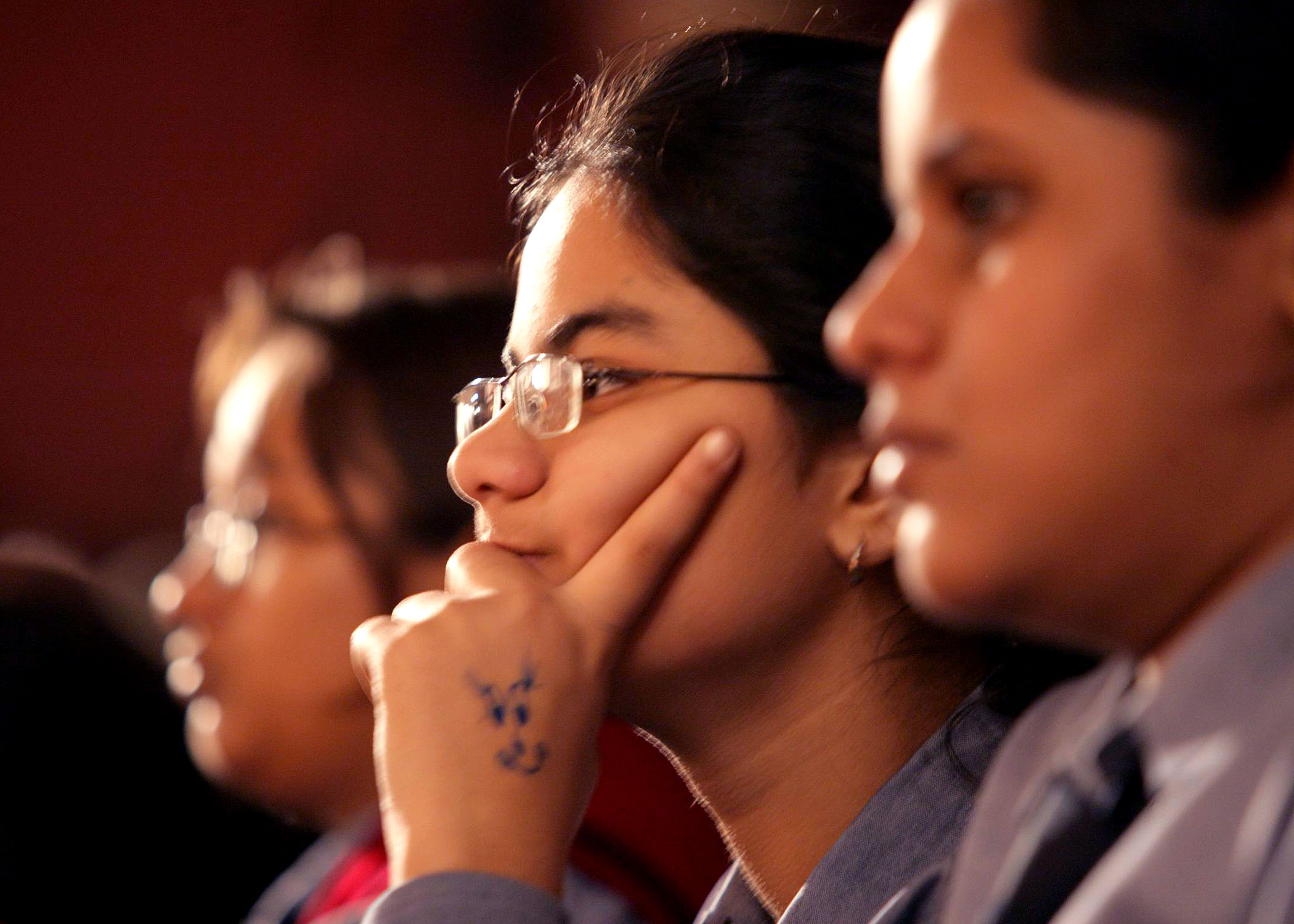

TIFAC experience in Uttaranchal
On 19th October 2002, I participated in the launching of a Mobile Clinic and Research Centre in Uttaranchal. This effort was piloted by the Technology Information, Forecasting and Assessment Council [TIFAC], the Government of Uttaranchal, Birla Institute of Scientific Research and many other agencies. After forty eight months of its operation, I found this mobile clinic has been used in six districts of Uttaranchal and treated nearly 63,000 patients during this period. Among the patients treated, 48% belong to the below poverty line category. They have taken 15,000 ultra sound, 7,000 X-rays, 3000 ECGs and nearly 30,000 lab tests. The mobile clinic has documented the disease profile of the patients in the region (six districts) which falls into the following categories: acute peptic ulcer, anemia, anti-natal, chronic obstructive pulmonary diseases, hyper tension, pelvic inflammation, renal calculi, upper respiratory tract infection and worm infection. This type of analysis has been possible because of computerized system of clinic management introduced right in the beginning. Also, the mobile clinic has been used in regions which are normally inaccessible and where organized medical facility is not available. This, I consider as the best form of reaching the healthcare to the neediest people in the country. This is a low cost solution with committed healthcare personnel and institutions. The clinical data provided by this mobile hospital will be applicable for many hill zones. This is an important empowerment for the rural people who are located in remote areas under difficult conditions. Mobile clinic will also provide research input for certain diseases prevalent in the hill area and tribal region such as pulmonary edema and sickle cell. Now, I would like to present an important rural upliftment tasks accomplished by one of the industry in Punjab in Gheri Buttar village, with the initiative of an Industry in partnership with Punjab Agriculture University and farmers in that region. I would like to particularly emphasize this model which has potential to get replicated in the many parts of the country facing similar difficulties leading to farmer?s suicides. Let me narrate that experience.
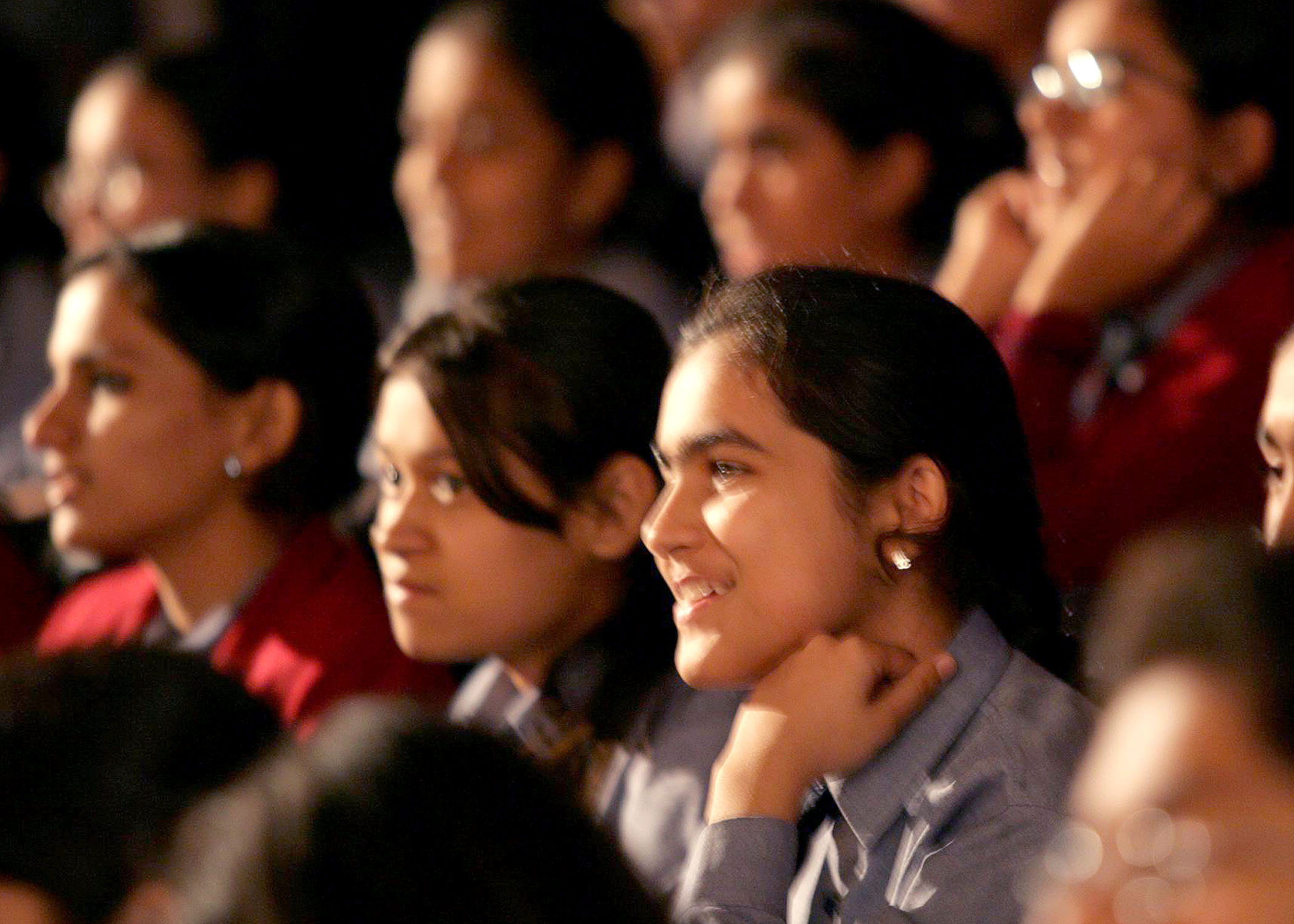

Cotton Production and Garment Industry
I visited a village called Gheri Buttar near Bhatinda in Punjab, where I met the farmers who have successfully increased the production of seed cotton from four hundred and sixty kilo gram per acre to eight hundred and sixty kilogram per acre in the year 2005. This has been achieved through a productive partnership between farmers, agricultural scientists, textile industry supervisors and the Government by following a scientific approach to farming, adopting pre-harvest and post-harvest techniques with an assured market for seed cotton. I have suggested the farmers in that village to mount a programme of second green revolution in Cotton meaning that instead of selling the cotton produce directly in the market they should convert certain quantity of cotton into yarn, cloth and apparel in the village complex itself and market it in the national and international markets. This is the only way that the income of the farmers can substantially go up.
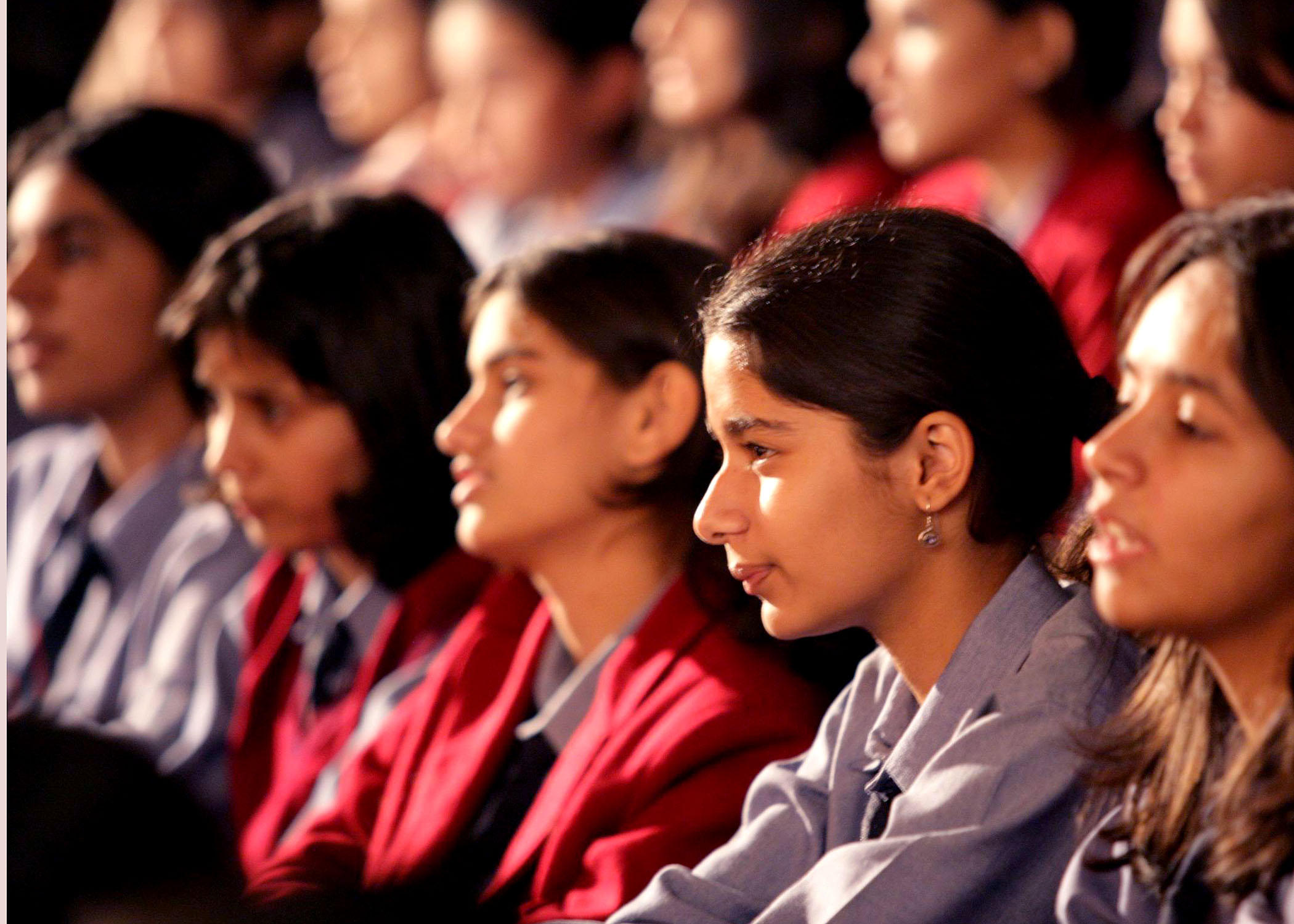

Conclusion
From my presentation, you can see that number of empowerment missions are taking place in different parts of the country through establishment of PURA complexes, provision of important connectivities such as physical connectivity, electronic connectivity, and knowledge connectivity leading to economic connectivity and provision of infrastructural facilities like electric power. Also, institutions are using research inputs for enhancing our agricultural productivity such as doubling seed cotton and are providing healthcare at the doorsteps of the village citizens. Whatever I have discussed so far are representative examples which I have personally seen. I am sure; many such initiatives are functioning in different parts of the country.
While the media is alert and vigilant about many political activities taking place in the country, I would like to suggest the media and the team assembled here to take stock of all the development programmes taking place in different parts of the country under the initiative of the Central Government, State Government, District authorities, NGOs, educational institutions and industry. The Central government is planning to launch 2 PURA Clusters per district in all the districts in the country during the 11th plan period. These typical social development programmes should be projected by the media to different parts of the country which will enable sharing of knowledge between the States and districts and promote early spread of the message to different parts of the nation. Once the thought of development is ignited, it will spread like wildfire and enable faster realization of empowerment of the rural masses. This is how the media can become a partner in national development and becomes media of billion people.
My best wishes to all the participants of the Summit of the Powerless for success in their mission of empowering the powerless.
May God bless you.
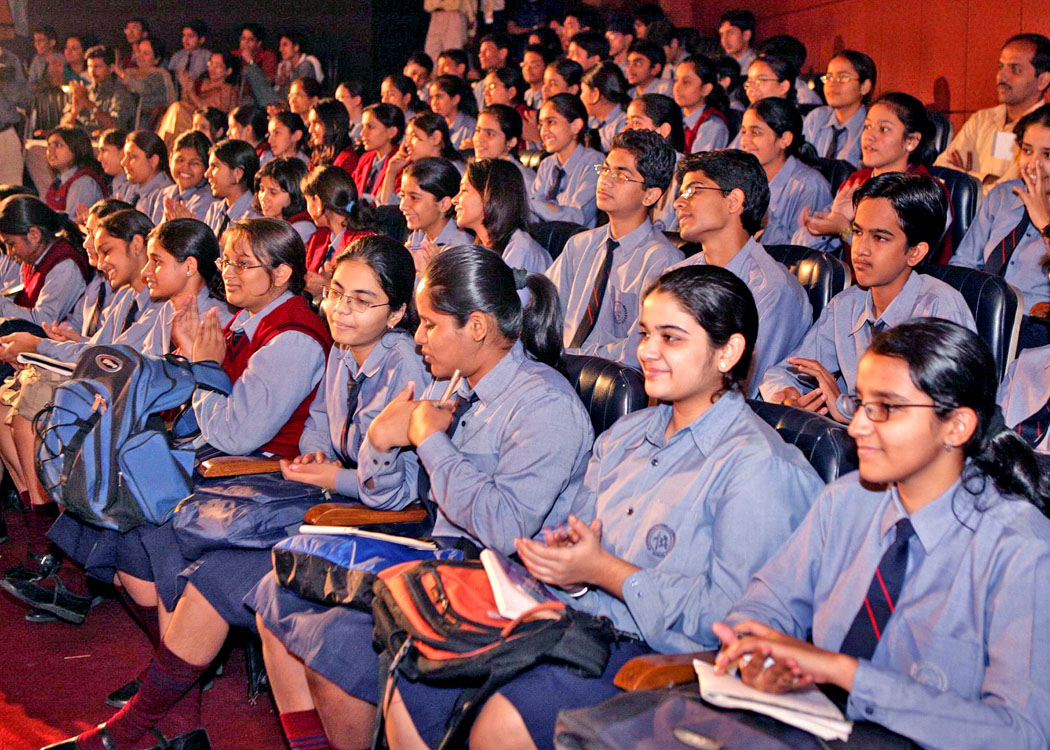

Seven Point Oath
1. I realize, I have to set a goal in my life. To achieve the goal, I will acquire the knowledge, I will work hard, and when the problem occurs, I have to defeat the problem and succeed.
2. As a youth of my nation, I will work and work with courage to achieve success in all my tasks and enjoy the success of others.
3. I shall always keep myself, my home, my surroundings, neighbourhood and environment clean and tidy.
4. I realize righteousness in the heart leads to beauty in the character, beauty in the character brings harmony in the home, harmony in the home leads to order in the nation and order in the nation leads to peace in the world.
5. I will lead an honest life free from all corruption and will set an example for others to adopt a righteous way of life.
6. I will light the lamp of knowledge in the nation and ensure that it remains lit for ever.
7. I realize, whatever work I do if I do the best, I am contributing towards realizing the vision of developed India before 2020.
<<Back
|
|